Measures taken nationwide to negate record temperatures
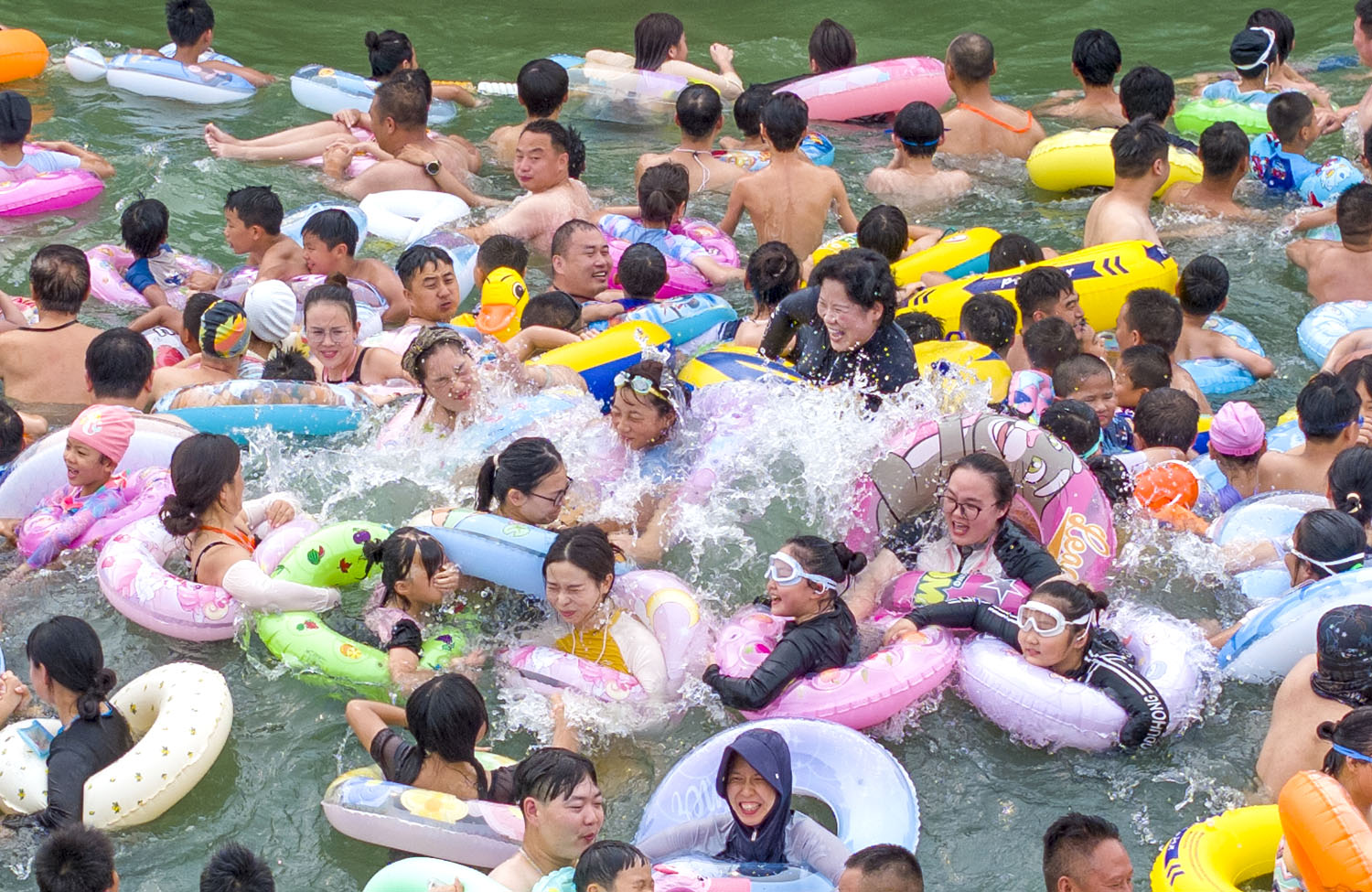
With air conditioning, Wi-Fi, watermelon and cold water offered for free, the Huajin Community Service Center has become an oasis for the elderly and holidaying youngsters to escape the searing heat this summer.
At the center in Wuchang district of Wuhan, Hubei province, people can pass the time dancing, singing, painting or reading. Since June 30, the facility has been open from 8:30 am to 6:00 pm as a public place for rest, recreation and relief.
Liu Quanzhen, 70, is a frequent visitor.
READ MORE: Record heat grips large parts of China
"At home, it's just my husband and me. We're frugal and don't want to use too much electricity, so we usually cool ourselves with cattail leaf fans," she said. "Here, we elderly people chat, share problems and forget our worries. I feel happy."
Guo Yinuo, 10, has spent his summer vacation at the center as his parents are busy working. "I can play with friends and learn a lot," he said. "I have painting classes and sometimes receive gifts."
Since 2003, Wuhan has opened cool-down shelters when the minimum temperature exceeds 28 C or a maximum temperature of 35 C is reached. With this year's punishing heat, all its 1,763 shelters, equipped with health facilities, dining options, and recreational activities, have been opened.
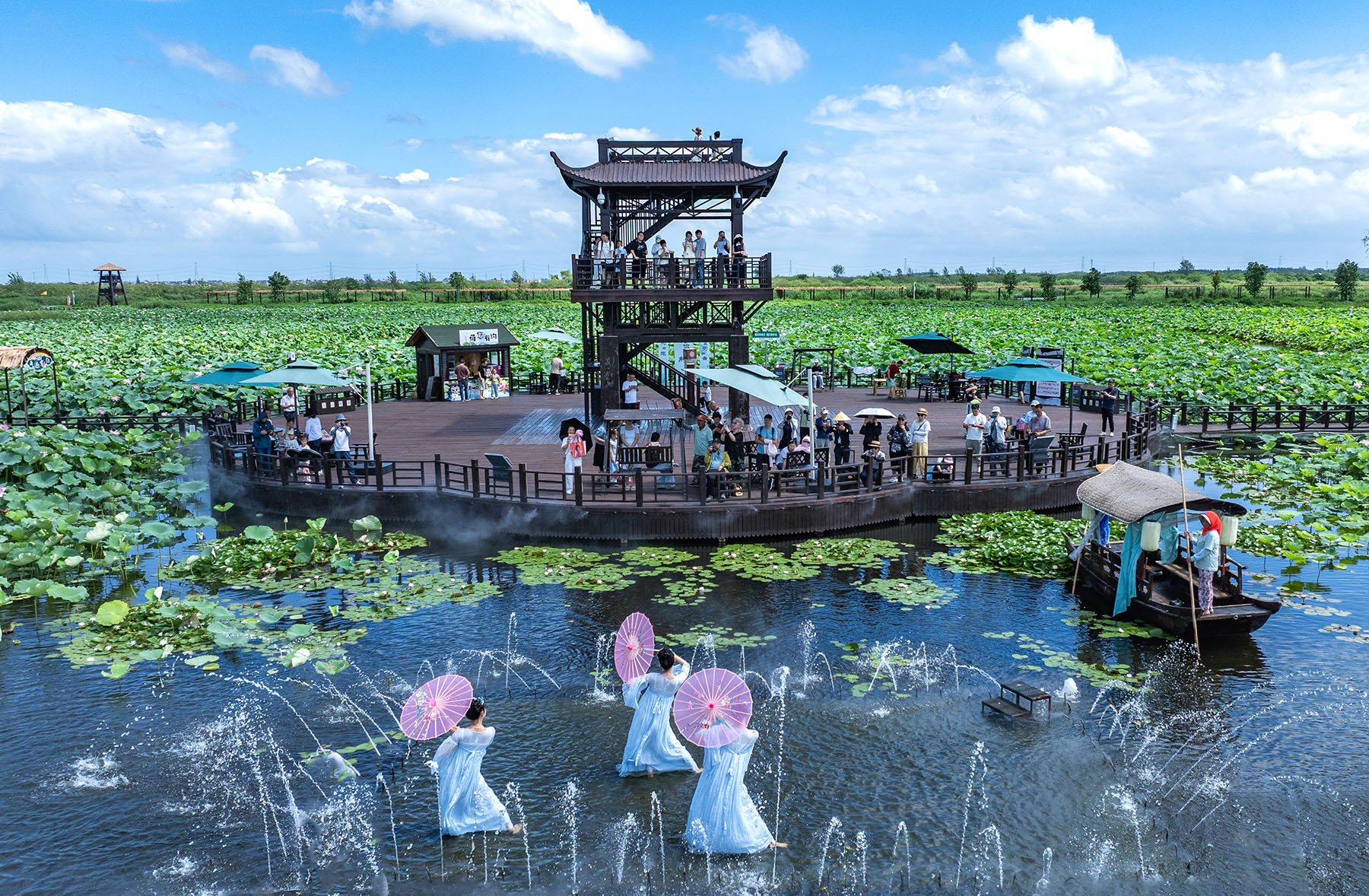
Nationwide impact
A total of 152 national-level weather stations in China have recorded temperatures exceeding 40 C in July, the National Climate Center of China Meteorological Administration said on July 23.
The heat wave is expected to persist, with some regions likely to break historical records for the duration and extreme levels of heat, it added.
The 40 C-plus temperatures have mainly been recorded in the southeastern part of Shaanxi province, the central and western parts of Hubei province, the northeastern and western parts of Chongqing, the eastern part of the Xinjiang Uygur autonomous region, and the western part of the Inner Mongolia autonomous region.
A total of 32 stations, including Dongkan in Xinjiang (48.7 C), Xingping in Shaanxi (43.1 C), and Badong in Hubei (42.9 C) have broken historical records, the center said.
The whole country is experiencing a typical pattern during the flood season with heavy rainfall coexisting with widespread high temperatures, Zhang Tao, the chief forecaster of the National Meteorological Center, said on Sunday. Recent heavy rainfall has been concentrated in the northern regions, while rainfall in many areas in southern China is scattered. However, he added high temperatures will continue across the country this summer.
Lu Er, professor of atmospheric science at Qinghai Institute of Technology in Xining, Qinghai province, said it is a crucial time for weather forecasting, disaster prevention and mitigation as extreme weather such as high temperatures and heavy rainfall coexist across the country.
He said the intense precipitation in many regions of China is closely linked to the high temperatures, and in the future the high temperature may intensify, and there may be more heavy downpours.
Henan province is typical of the challenges the heat wave has created. On July 15, the capital Zhengzhou hit a record daytime high of 44 C, and 33 C at night.
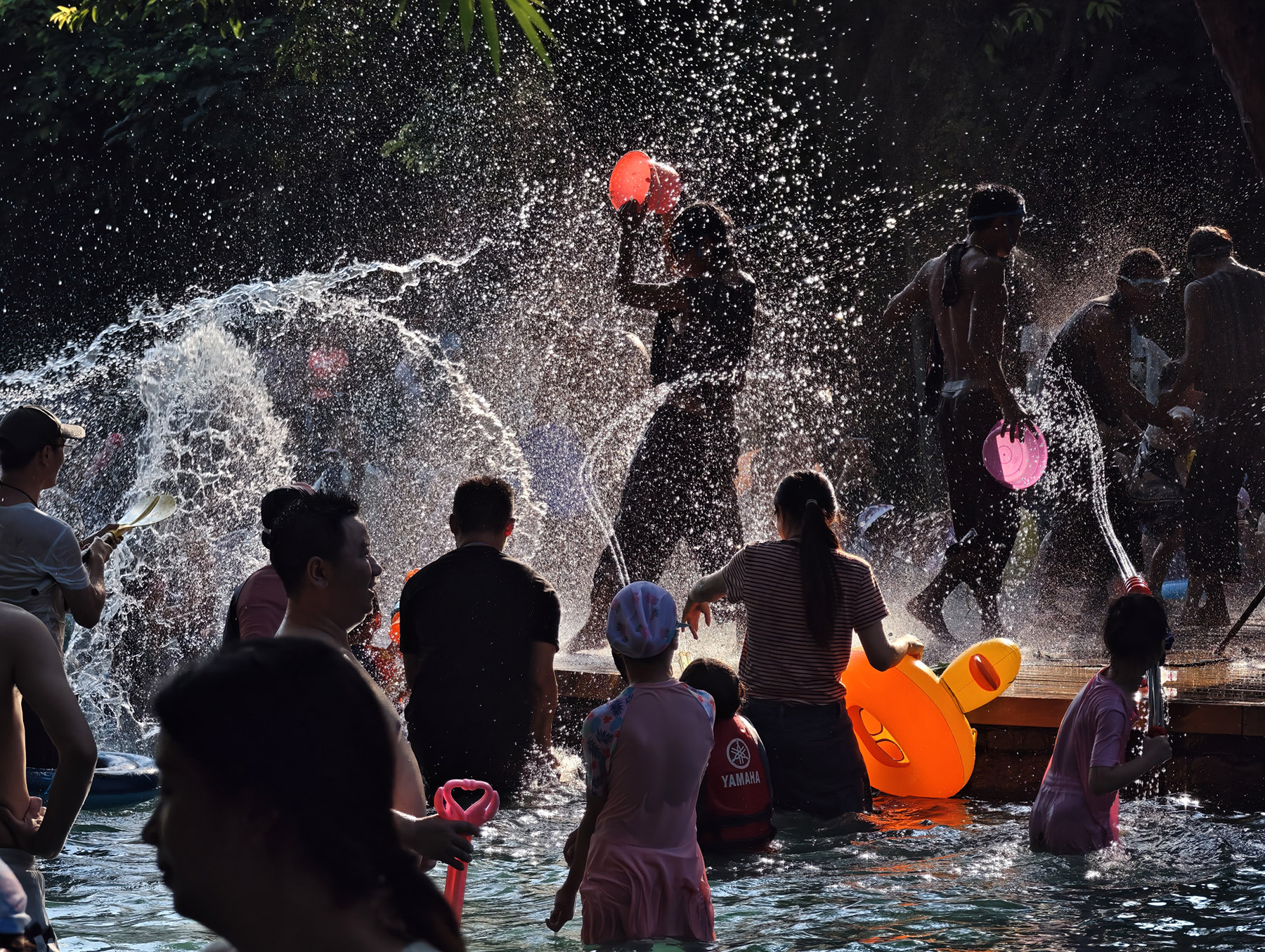
As of July 20, most parts of Henan had experienced sweltering weather, with temperatures consistently above 37 C, according to Henan Provincial Meteorological Observatory.
Li Han, a senior member of the observatory, said the primary cause of the heat wave in Henan was an ongoing Western Pacific subtropical high-pressure system over the province.
Under its heat emergency response guideline, governments and authorities are required to implement heat emergency protocols, and ensure production safety, fire prevention, public health, and uninterrupted urban water and electricity supplies.
"All outdoor work must cease, excluding essential industries. Avoid prolonged outdoor exposure and implement effective sun protection measures. Special care must be provided for the elderly, vulnerable groups, patients, and children," according to the guideline.
"Drivers must ensure no flammable materials are left in vehicles, and conduct pre-drive inspections to prevent spontaneous combustion or tire blowouts. Relevant departments and units should exercise heightened vigilance against fire hazards," it said.
Li Liuzhen, a taxi driver in his 50s, said he felt like he was living in a giant steamer. "It's so hot that I don't even want to move," said Li, who works in Zhengzhou.
"Honestly, I don't even want to go out, but I can't stop driving. The air conditioner has to be on the whole time, otherwise passengers can't stand it, and I'd be drenched in sweat," he said.
"That said, there are slightly more people taking cabs in this heat, so at least the suffering isn't for nothing."
Zhengzhou courier Yuan Qi said the heat is making his work very difficult. "It's really hot these days. In our line of work, delivering and picking up packages, and sometimes handling returns, the physical strain is even worse in this heat. The only thing we can do is drink more water and tough it out. Honestly, this kind of weather is a serious challenge for us," he said.

Chilling in the metro
Zhengzhou has opened 58 of its public shelters for people to cool down.
Among these, Zhengzhou Metro has provided 35 cooling spots, equipped with amenities such as rest chairs, tables, chess and card facilities, bookshelves, anti-heat medication, umbrellas and power charging banks.
Around noon, construction workers can be seen entering metro stations to have lunch and take a nap.
Yan Bin, 58, said he and his co-workers go to the subway station for their midday break to avoid the most intense heat of the day. "It has been unusually hot lately — just standing in the sun for a while feels like my skin's being cracked open by the heat," he said.
Subway station staff patrol the cooling spots and remind people to keep their shoes and clothes on, to not disturb commuters.
Hu Yanke, 43, took his daughter to a subway cooling spot as their home was stuffy with no airflow.
"This place is great. We can get some work done, play cards, and chat with others. I even brought badminton gear. My daughter is about to start fourth grade after the summer vacation. We come here after her afternoon nap so she can read and do schoolwork," he said.
Even in Northeast China, the coolest region in the country, early July was abnormally hot.
Most universities in the region don't have air conditioners as they're considered unnecessary. However, this summer there have been reports of college students sleeping in tents in underground parking lots, playgrounds or corridors.
Liaoning University released a notice on July 9, saying it was planning to install air conditioners.
In Mohe, Heilongjiang province, the northernmost city in China, a popular winter tourist destination, bed-and-breakfasts have begun to install air conditioners to cope with the high temperatures.
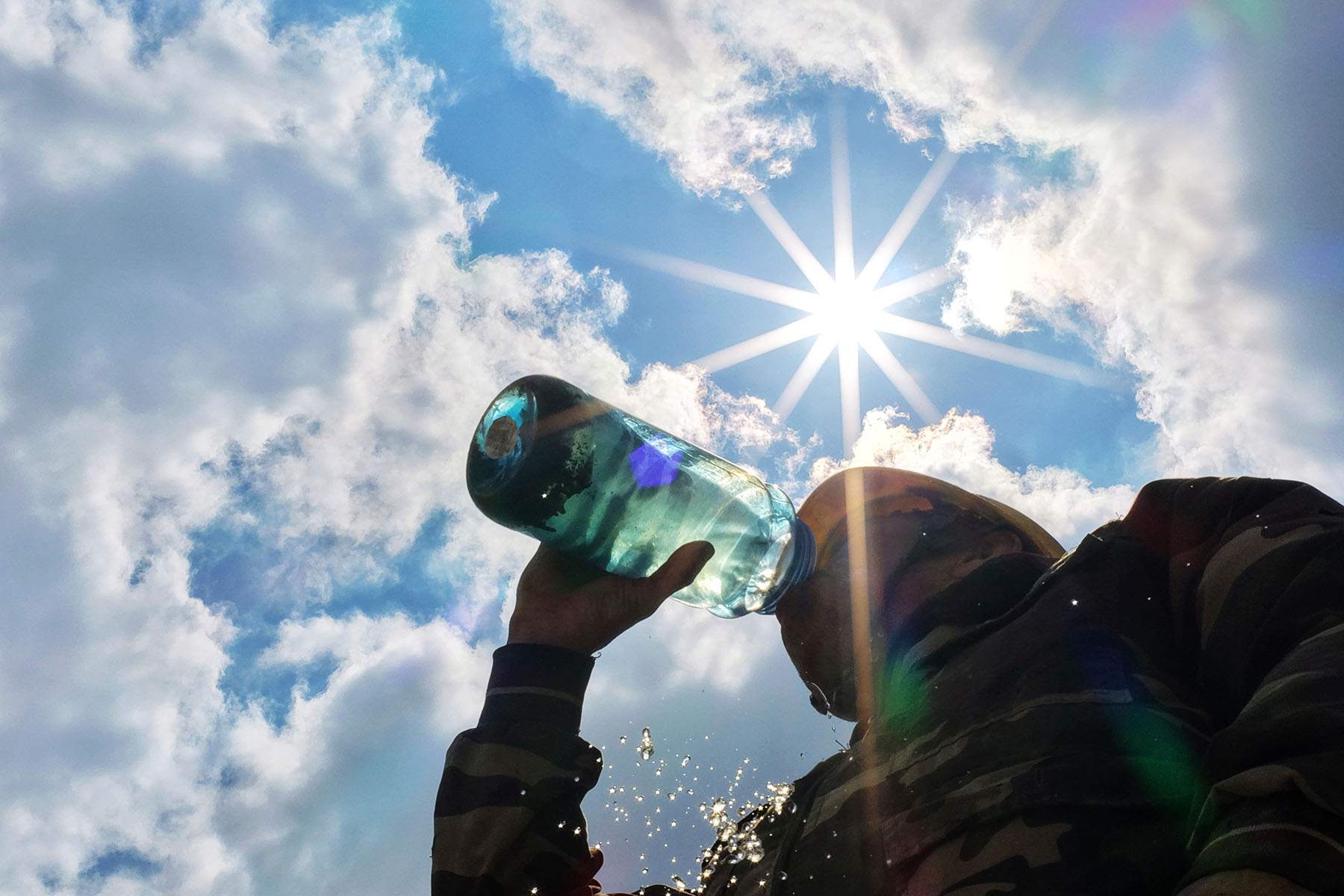
Li Yongqiang, who runs Zaishanye bed-and-breakfast in Beiji village, Mohe, recently equipped all of his 10 rooms with air conditioners at a total cost of 13,000 yuan ($1,812), as temperatures earlier this month hovered around 35 C.
"But it feels like 40 C," he said, adding that the weather has been abnormal in recent years, but this year it is more obvious. "June has never been so hot," he said.
Elsewhere, people are facing the heat wave with humor.
Multiple outdoor LED screens in Changsha, Hunan province, have started playing videos of air conditioners and fans, creating a "cyber-cooling" effect to offer psychological relief from the heat. The screens have drawn crowds of tourists as well as amused locals, with people snapping photos to share online.
The maximum temperature of the city from July 14 to 17 reached 39 C.
Hours for front-line sanitation workers in Changsha have been shortened to between 5 am and 10 am. During peak heat hours from 10 am to 4 pm, mechanical cleaning equipment takes over.
To support these workers, the city has established temporary rest stations in key operational areas. Some street-side businesses have also launched cooling services, offering free cold beverages for outdoor workers and passersby.
Hunan's maximum electricity load this summer is projected to exceed 50 million kilowatts, an 8.4 percent increase from historical records. Under extreme weather conditions, demand could reach 52 million kW, up 10.8 percent, data from local authorities showed.
Zhu Junfei, a spokesperson for State Grid Hunan Electric Power, said this year's high-temperature days above 35 C are expected to exceed 45, surpassing summer averages.
Reinforcements of the grid and emergency protocols have been accelerated to ensure a reliable power supply, he added.
In Nanjing, Jiangsu province, many ice-making factories have boosted production to meet rising demand in the vegetable, aquatic products and logistics industries.
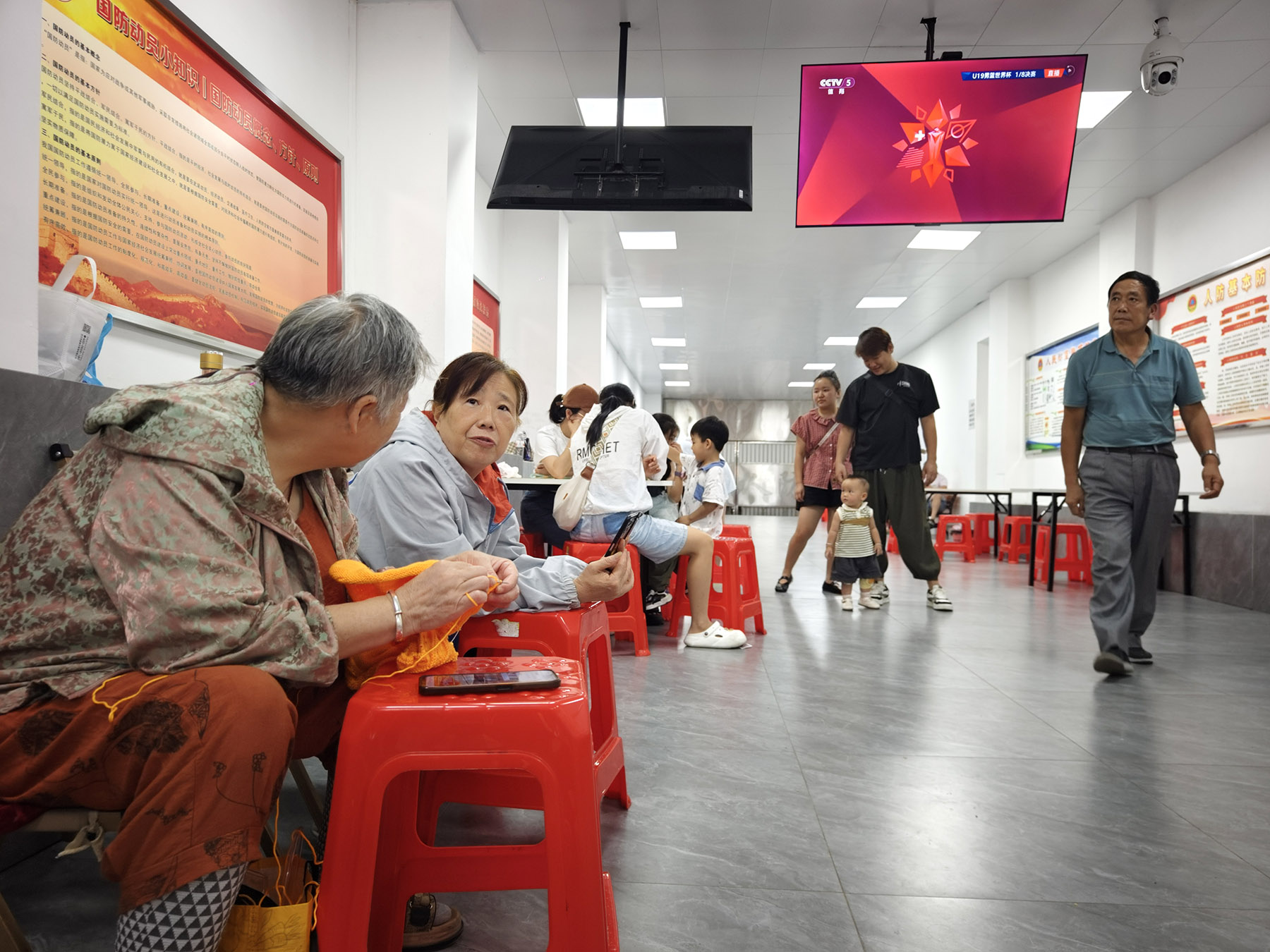
Farmers affected
Huaibin county in Xinyang, Henan province is an agricultural area producing wheat, rice, and other crops. Rice cultivation covers more than 40,000 hectares.
Due to drought, water demand for rice has significantly increased, according to Liu Xueqiang, deputy director of Huaibin's Agriculture and Rural Affairs Bureau.
To ensure autumn grain production, they have strengthened coordination with the meteorological and water resources bureaus and other departments to monitor weather and soil moisture conditions, he said.
The county is also using multiple channels such as text messages, WeChat public accounts, and village loudspeakers to issue early warnings, and prioritized water for autumn grain crops while ensuring drinking water, he added.
Ma Helin, director of the rural construction office of Maji town in the county, said it was ensuring a 24-hour water supply in the fields. Beyond irrigation, it has organized drone spraying of fertilizers and drought-resistant agents to enhance the heat tolerance of rice crops.
"Rice seedlings require substantial water during this growth stage, so maintaining adequate water levels in the fields is crucial. We also advise farmers to irrigate in the early morning or evening to avoid rapid evaporation during midday heat, which would reduce irrigation efficiency," he said.
Ren Chao, 37, a local farmer, has about 66.7 hectares of land. He said the government has been proactive in addressing the recent heat wave. With rice at a critical growth stage, the well-built irrigation channels and field wells are ensuring timely water access.
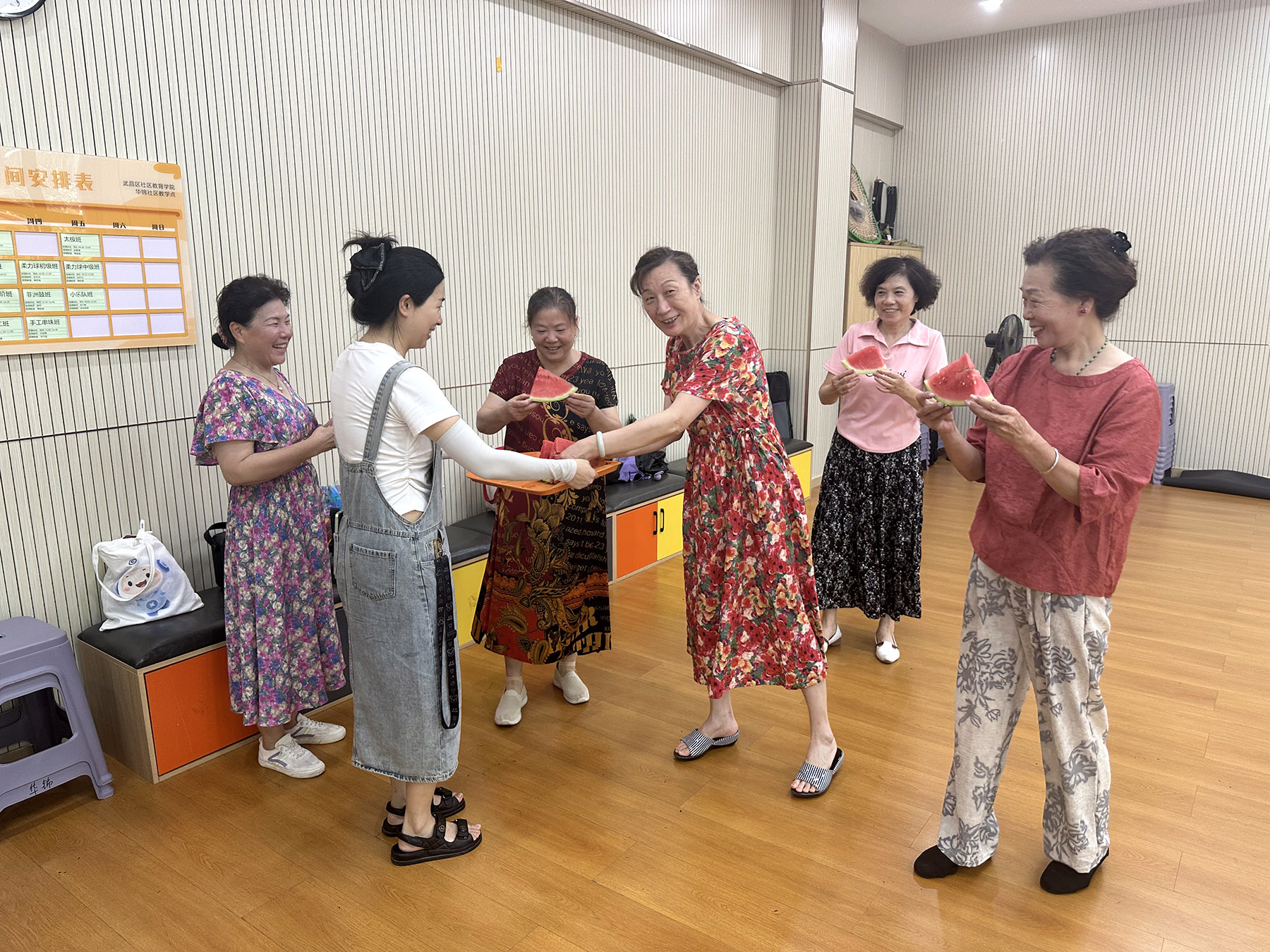
Health advice
During hot and humid weather, the human body may undergo changes that can lead to heat-related illnesses, said Yan Shengtao, deputy director of the emergency department of China-Japan Friendship Hospital in Beijing.
"Mild symptoms may be relieved with rest, but severe cases can progress to heat cramps, heat exhaustion, or even life-threatening heatstroke," he said.
Yan said elderly people with underlying health conditions, children, outdoor workers, athletes and others engaging in strenuous physical activity in the heat are high-risk groups vulnerable to heatstroke.
"For those working outdoors especially, proper hydration is crucial," Yan said.
It's recommended to drink 500 milliliters of water every hour, but avoid consuming large amounts at once. "The key is to drink small amounts frequently," he said, adding air conditioning should be maintained between 26 C and 28 C.
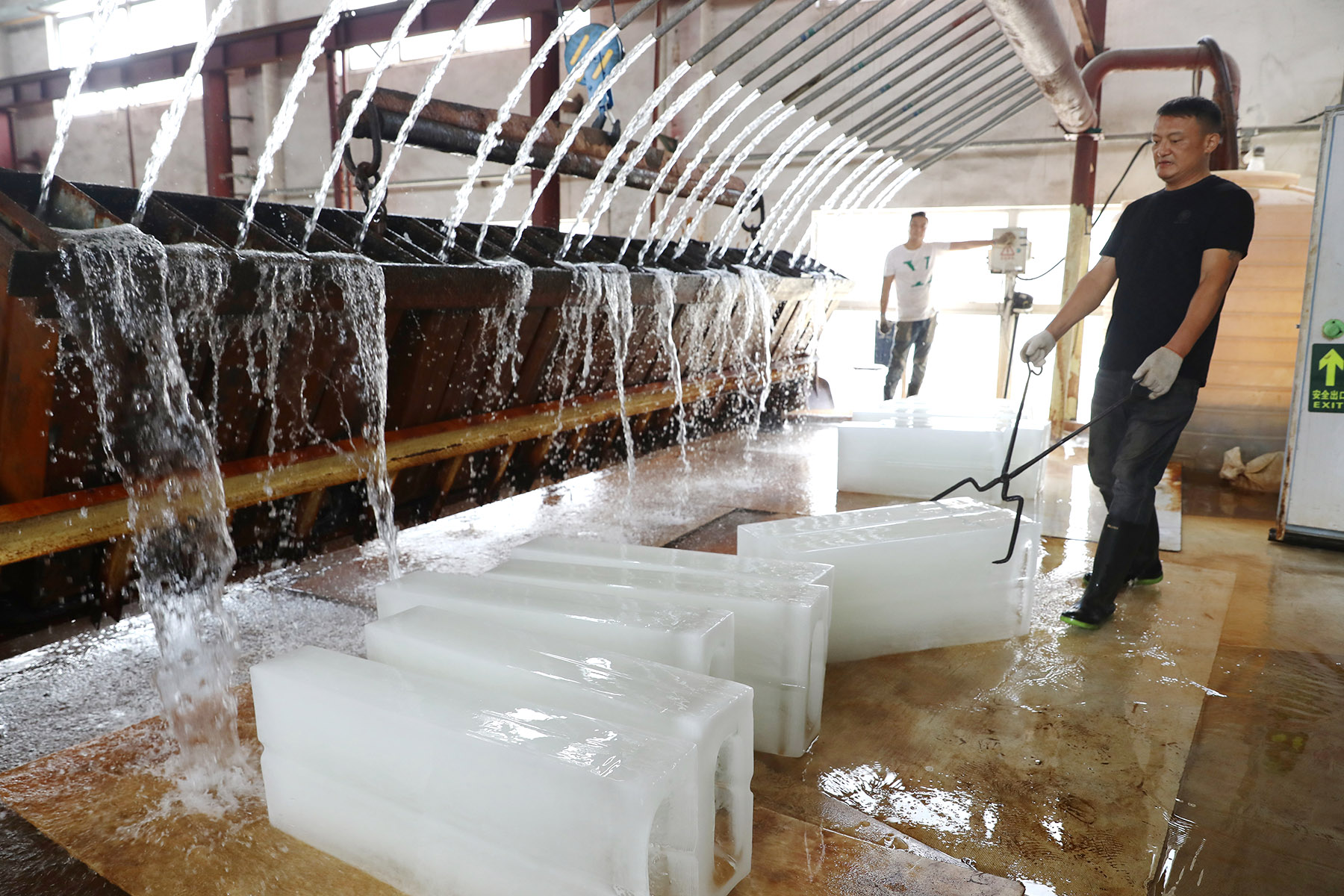
Residents must also remember to ventilate their homes by opening windows in the morning and evening, and avoid direct exposure to cold air drafts.
Chi Cheng, associate chief physician at the emergency internal medicine department of Peking University People's Hospital in Beijing, said that when symptoms such as dizziness, nausea, vomiting, difficulty concentrating, fatigue, excessive sweating, or intense thirst occur, they serve as warning signs of potential heatstroke.
ALSO READ: Heat wave sweeping across country could be unprecedented
If ignored, the condition may progress to elevated body temperature, abdominal pain, and fainting, followed by convulsions, loss of consciousness, and multi-organ dysfunction — marking the onset of the most severe stage, heatstroke, which has an extremely high mortality rate.
"Preventive measures include staying hydrated, particularly with lightly salted water, maintaining a light diet with heat-relieving foods and seasonal dishes such as mung bean soup, green tea, and watermelon, and taking exercise in the morning and evening while being mindful of the intensity," he said.
He Chun, Liu Shicheng and Yang Che contributed to this story.
Contact the writers at chenmeiling@chinadaily.com.cn


